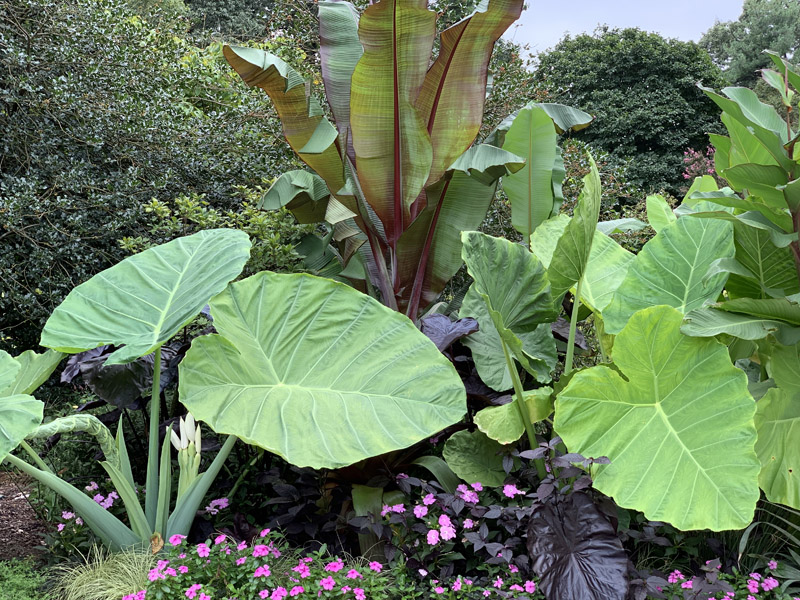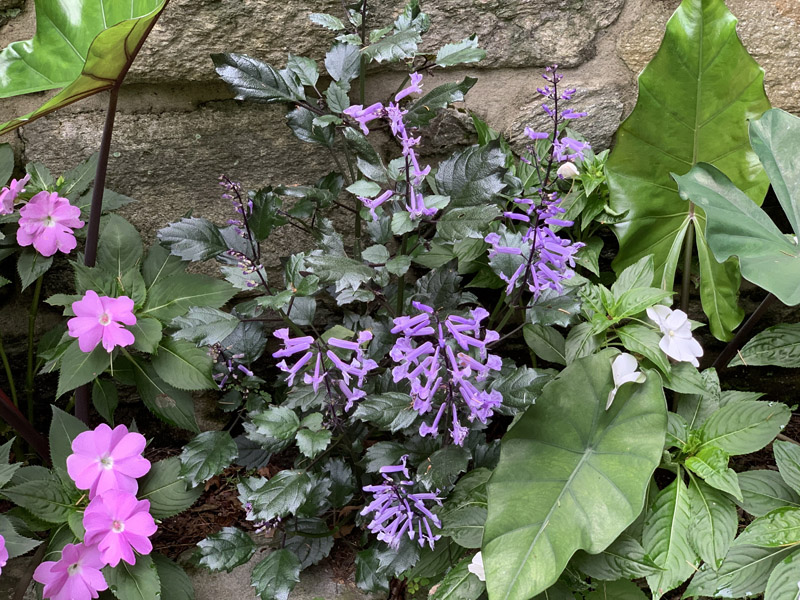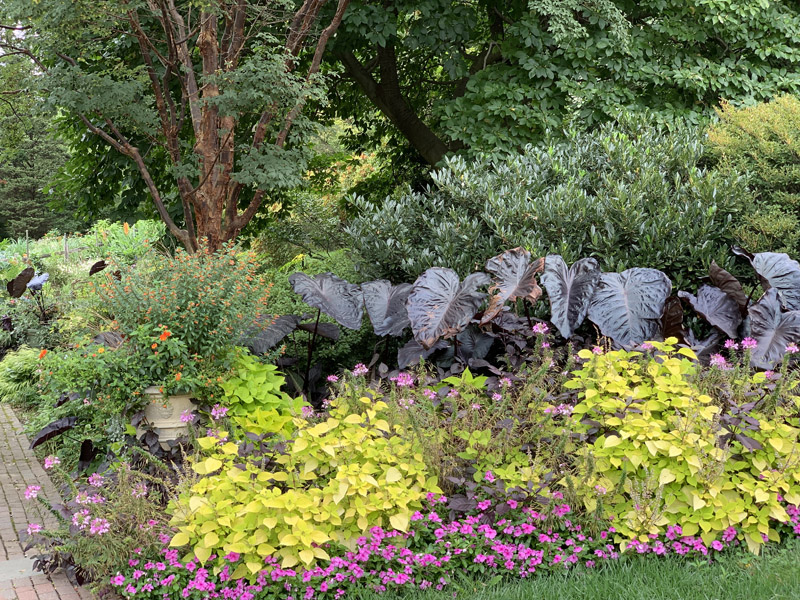Elephant Ears


 Spring is such an exciting time of year! We get to witness the awesome beauty of tulips, daffodils, hyacinths, and other early season bulbs, emerge from their winter slumber and burst forth into a riot of color. At the same time, we get to plan, acquire, and eventually plant and enjoy, tender bulbs, destined to brighten the garden in the late spring and summer to come. These bulbs (corms, tubers, etc.) include begonia, calla, canna, dahlia, gladiolus, lily, and much more.
Spring is such an exciting time of year! We get to witness the awesome beauty of tulips, daffodils, hyacinths, and other early season bulbs, emerge from their winter slumber and burst forth into a riot of color. At the same time, we get to plan, acquire, and eventually plant and enjoy, tender bulbs, destined to brighten the garden in the late spring and summer to come. These bulbs (corms, tubers, etc.) include begonia, calla, canna, dahlia, gladiolus, lily, and much more.
Have you been searching for a big, bold, easy care plant to create a focal point in your garden? Maybe something with a tropical twist? This year, give elephant ears a try!
Elephant ears are grown for their large, dramatic, heart-shaped leaves. There are two different commonly grown elephant ears: Alocasia and Colocasia. There are subtle differences between the appearance of the two: Alocasia leaves tend to be shinier and generally grow horizontally with upward pointing leaf tips. Colocasia, on the other hand, has downward hanging leaves. If you are trying to differentiate these two from the tubers alone, Alocasia are narrow and elongated whereas Colocasia has a more rounded appearance with noticeable bands encircling the tuber.
Elephant ears varieties can grow from a petite, 2-foot plant up to a gigantic 10-foot specimen with sizes in between. Cultivars also offer black, green, bluish-green, chartreuse, mottled leaves, as well as green leaves with black stems. Such diversity! Some of our favorites include: Colocasia ‘Black Beauty’ sports black leaves and grows up to 5-feet tall, Alocasia ‘Hilo Beauty” with its green leaves with cream colored spots, and Colocasia ‘Mojito’ which grows 2- to 3-feet tall with green leaves mottled with black spots.
The care of both types of elephant ears differs a bit as well. This guarantees that no matter what your garden conditions are, you can grow these tropical treasures. Alocasia prefers well-drained soil and a part-sunny to part-shady location while Colocasia will thrive with more light and wetter soil. Both do well in pots and planters as well as in the ground. Plant the tubers pointy side up with the top of the tuber set no deeper than 1- to 2-inches below the surface of the soil.
Although they are tender, you may keep your elephant ears to plant again next year. Dig the tubers when the leaves are damaged after the first frost in the fall. Remove any excess soil. Cut back both the stems and the roots to the tuber. Allow the tuber to sit in a warm and dry environment with good air circulation for about 2 weeks until dry. Store them, as is, in a cardboard box, in a cool, dry area until next spring.
Elephant ears are so simple to grow and varied in their appearance that you’ll find yourself adding more to your collection each year. It’s an addiction!



